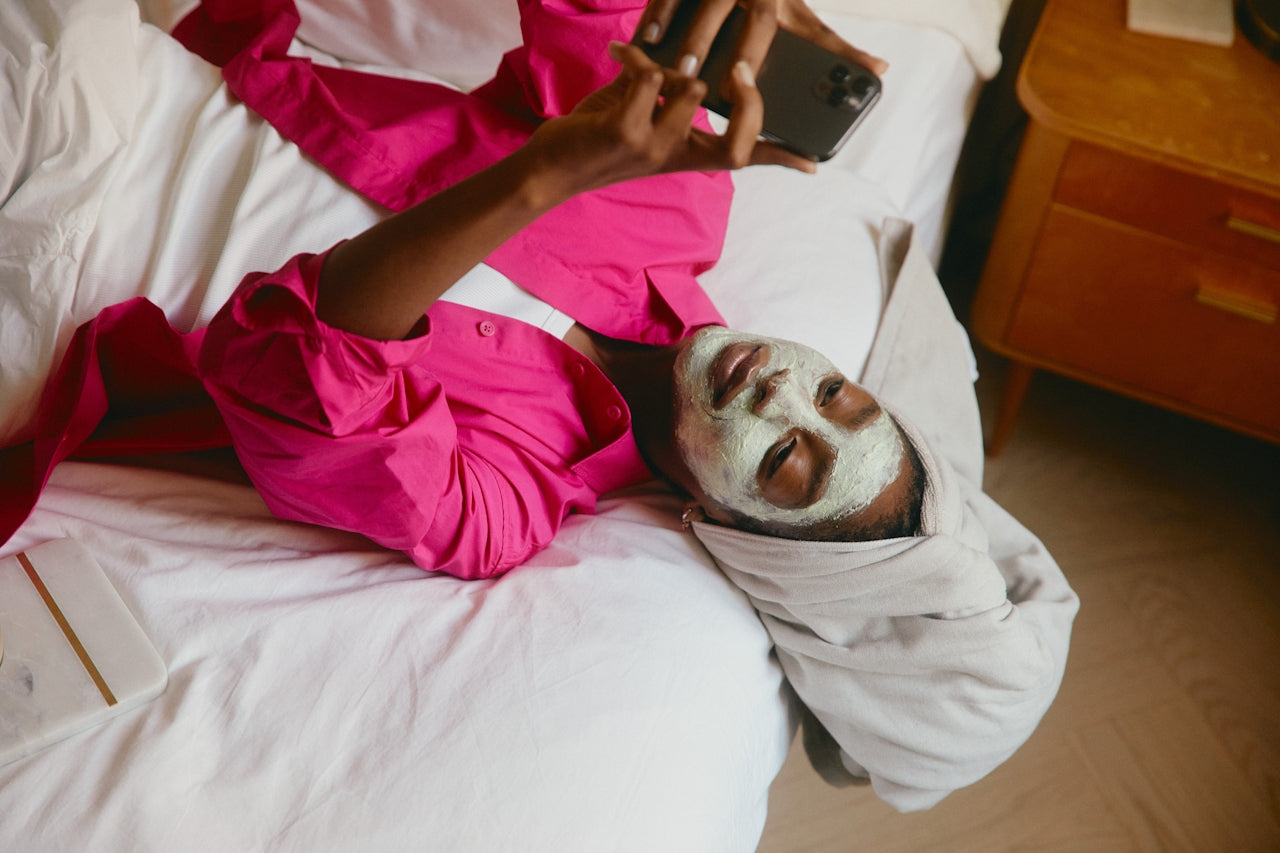TRT for Men: Everything You Need to Know (But Were Afraid to Ask)
Testosterone. It’s the hormone that powers masculinity, fuels vitality, and, let’s be honest, has long been mythologized as the secret sauce behind confidence, energy, and drive. But what happens when those levels start to dip? Cue: Testosterone Replacement Therapy, or TRT. It’s no longer the hush-hush treatment whispered about in gym locker rooms—it’s gone mainstream, and men everywhere are asking if it’s the modern elixir of youth. Here’s your deep dive into everything you need to know.
When Does Testosterone Naturally Decline?
Testosterone levels peak in your late teens to early twenties. From around age 30, levels start to gently decline—about 1% per year. By the time men hit their 40s or 50s, many start noticing the difference.
Symptoms: Is Your Body Dropping Hints?
This isn’t just about feeling a little more tired than usual. Symptoms of low testosterone can include:
-
Persistent fatigue that no amount of espresso fixes
-
Decreased sex drive or difficulty with performance
-
Mood swings, irritability, or low mood
-
Loss of muscle mass despite workouts
-
Increase in body fat, particularly around the belly
-
Brain fog and difficulty concentrating
Sound familiar? You’re not alone.
Who Should Consider TRT?
TRT isn’t for every man who simply feels “off.” It’s designed for those clinically diagnosed with low testosterone through blood tests, typically combined with persistent symptoms. Candidates are often men in their 40s, 50s, or beyond, but younger men with medical conditions that impair testosterone production can also be prescribed treatment.
Important note: TRT should never be used casually as a shortcut to more muscle or higher libido. It’s a medical treatment that needs professional oversight.
What Age is Best to Start TRT?
There isn’t a magic number, because everyone’s hormonal decline is different. Generally, men begin exploring TRT in their 40s or 50s, when natural testosterone levels are lower and symptoms become noticeable. However, what matters most isn’t age but the combination of test results and lived experience of symptoms.
The Forms of TRT
Modern medicine doesn’t believe in one-size-fits-all, and TRT comes in various delivery systems:
-
Injections: The classic choice, usually every 1-2 weeks.
-
Gels or Creams: Applied daily to the skin—think of it as a hormone-infused moisturizer.
-
Patches: Worn discreetly, releasing steady doses throughout the day.
-
Pellets: Implanted under the skin, releasing hormones slowly over months.
The Benefits
When prescribed correctly and monitored, TRT can:
-
Boost energy levels
-
Restore sex drive and improve sexual function
-
Enhance mood and reduce irritability
-
Help rebuild muscle and reduce fat
-
Improve bone density
Basically, it can feel like a reboot for body and mind.
The Risks
TRT isn’t without its caveats. Potential risks include:
-
Increased risk of blood clots
-
Acne or oily skin
-
Enlarged breast tissue
-
Fertility suppression
-
Potential cardiovascular risks (still being studied)
That’s why ongoing medical supervision and regular blood work are non-negotiable.
The Bottom Line
TRT isn’t a fountain of youth, but for men with clinically low testosterone, it can be life-changing. The key is proper testing, professional medical guidance, and realistic expectations. If you’re feeling the symptoms and wondering if TRT could be right for you, the first step isn’t Googling miracle cures—it’s booking an appointment with a qualified doctor.
Because taking charge of your health? That’s the most powerful flex of all.




